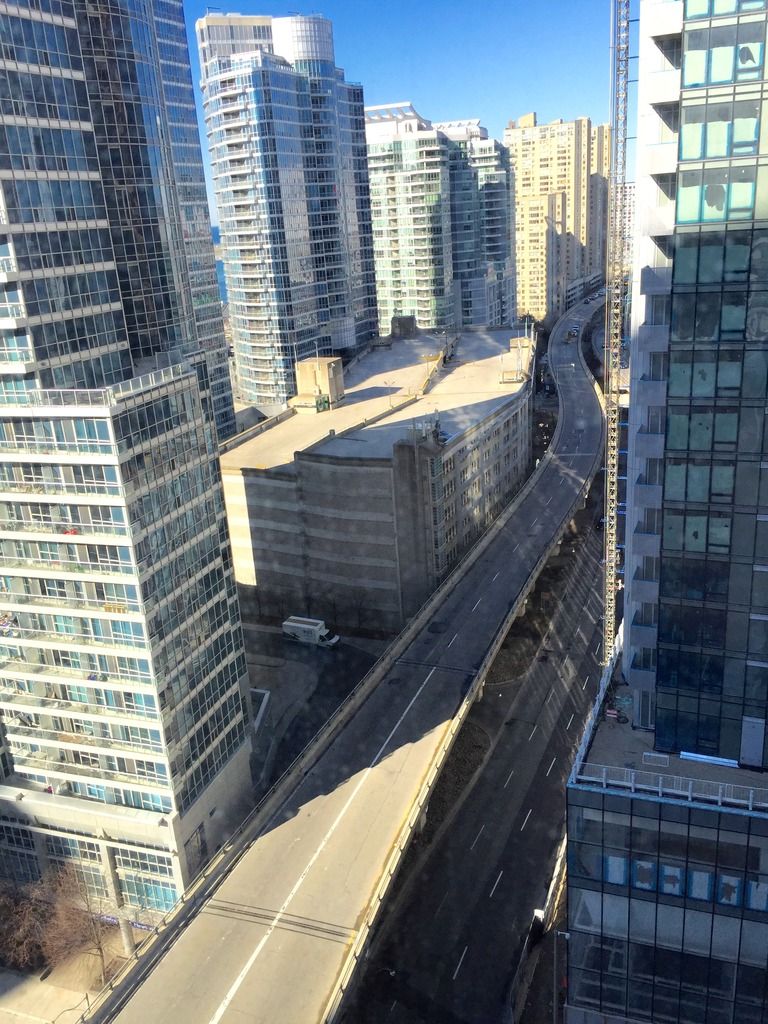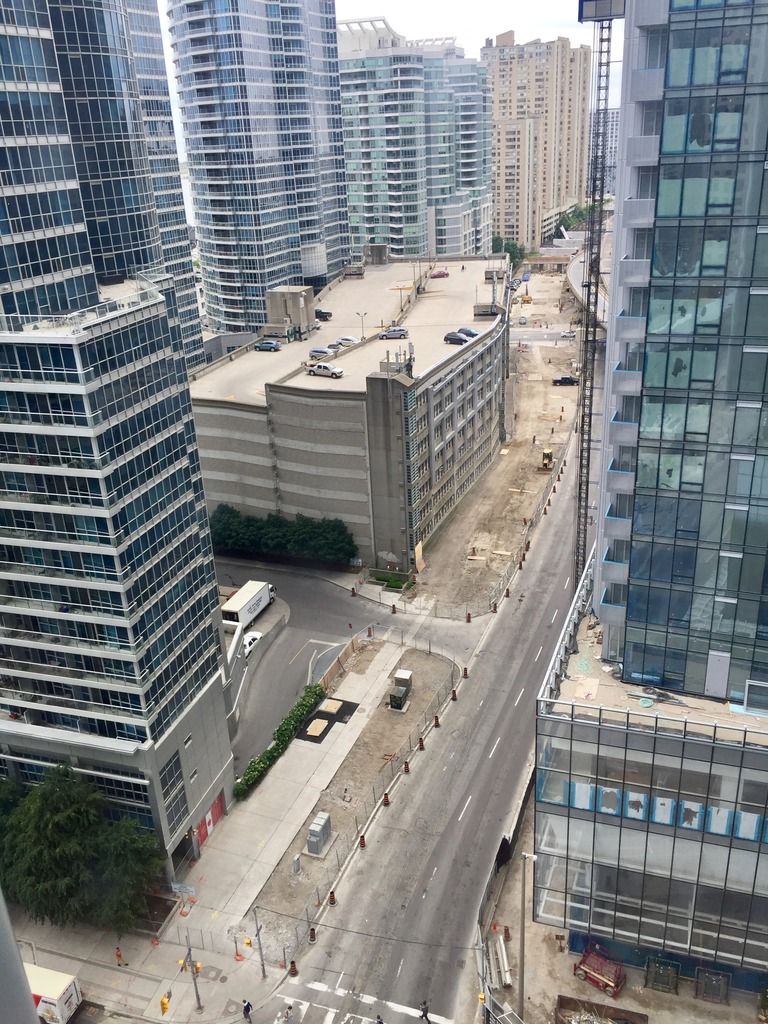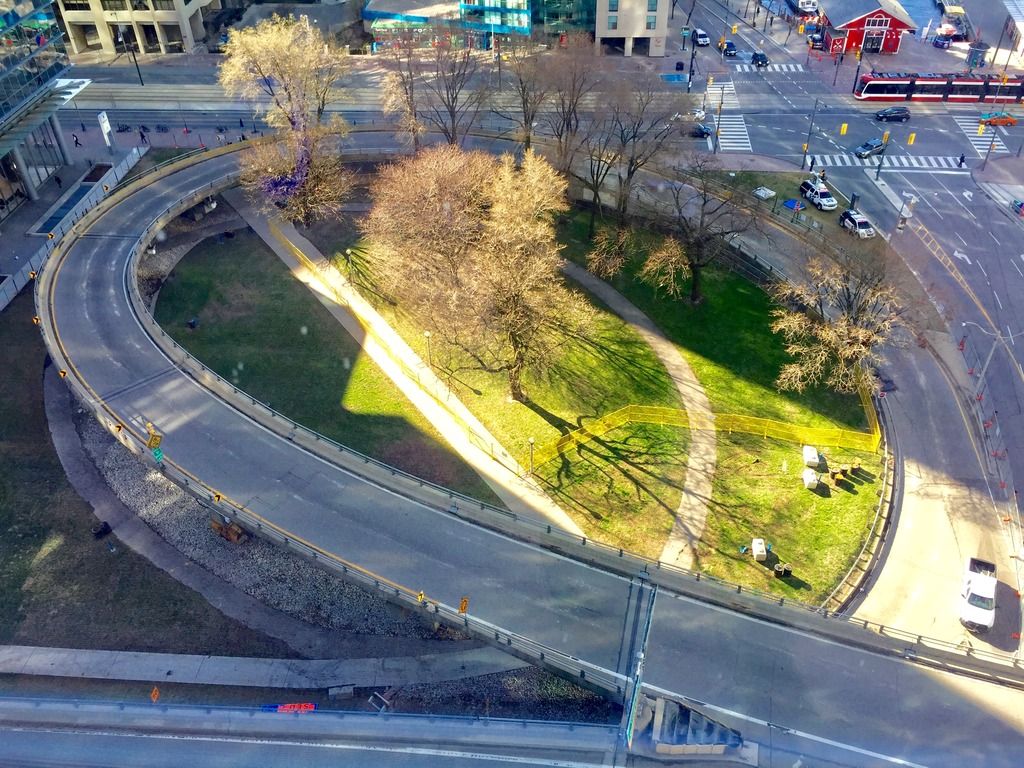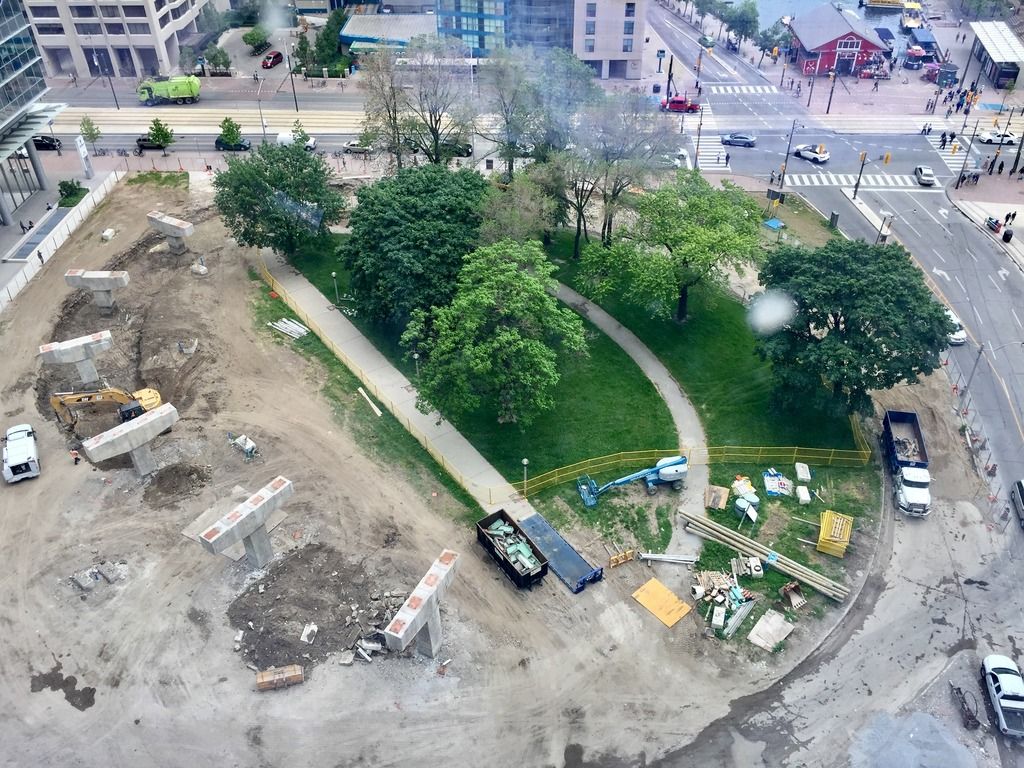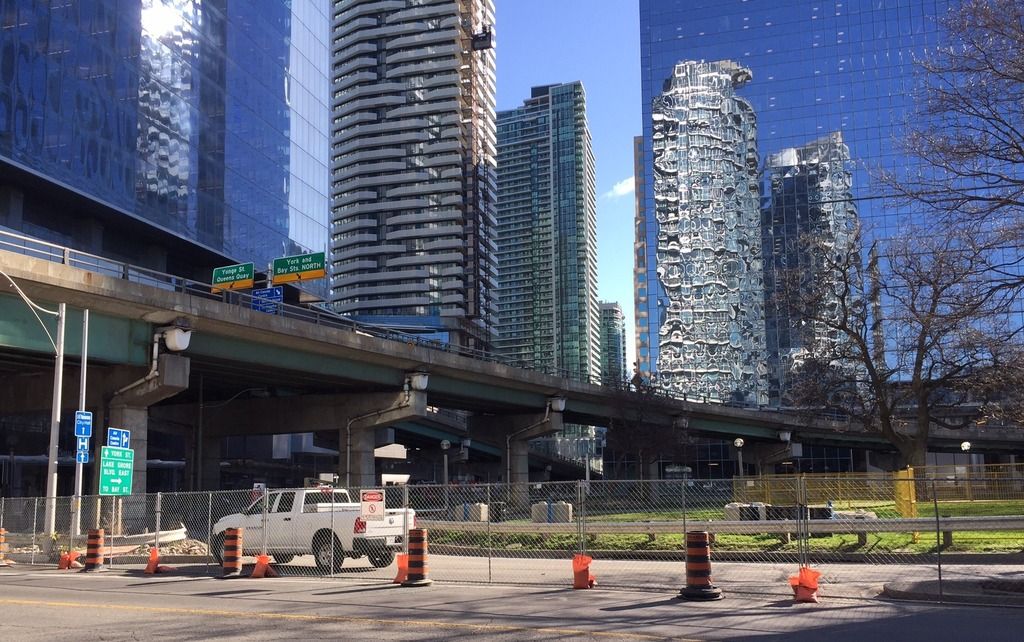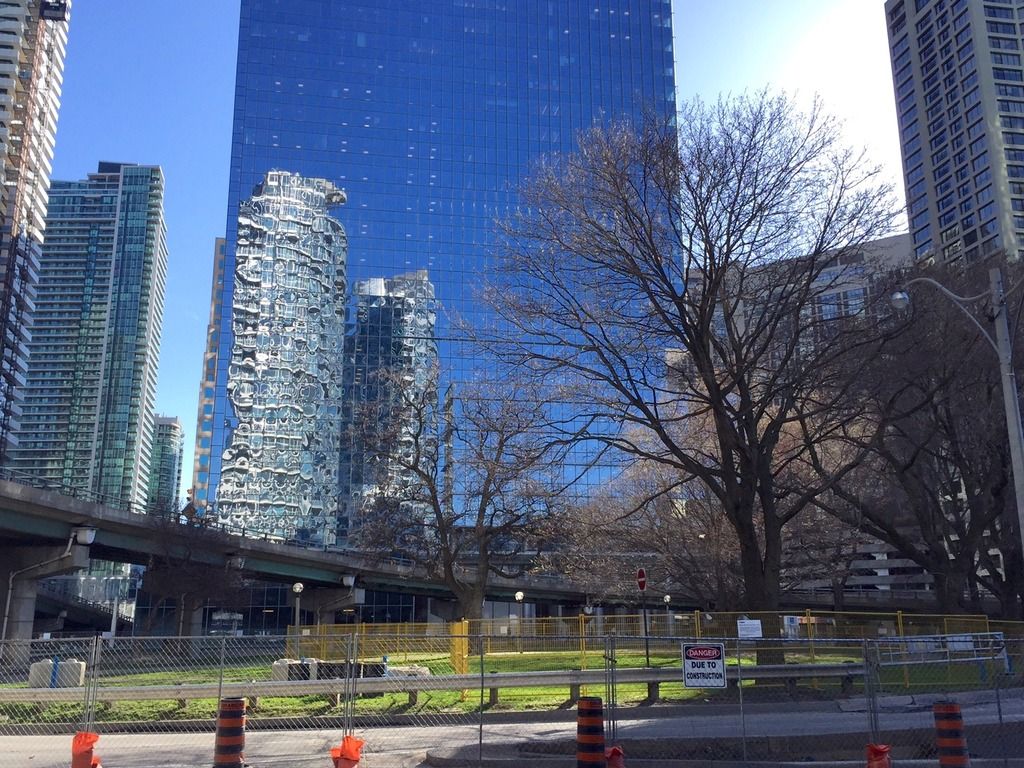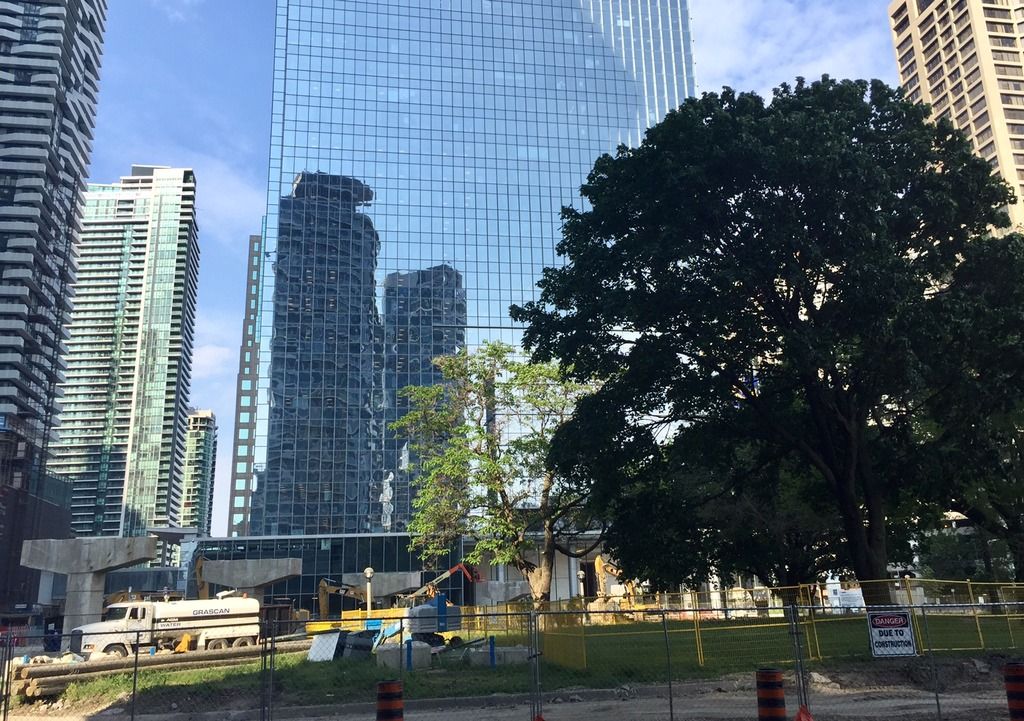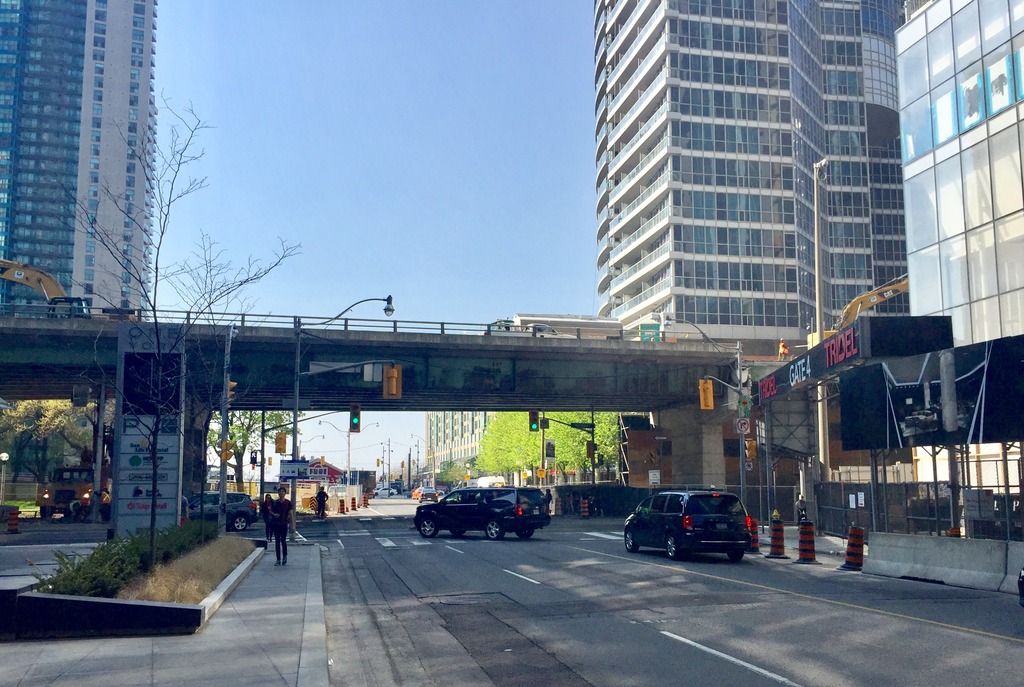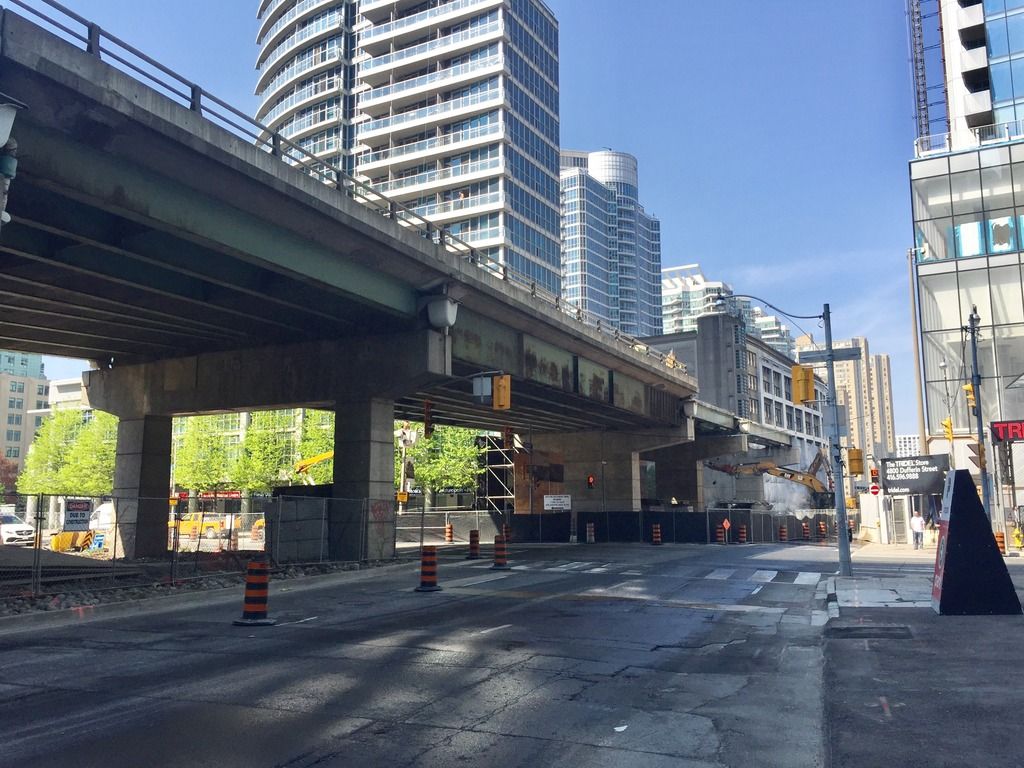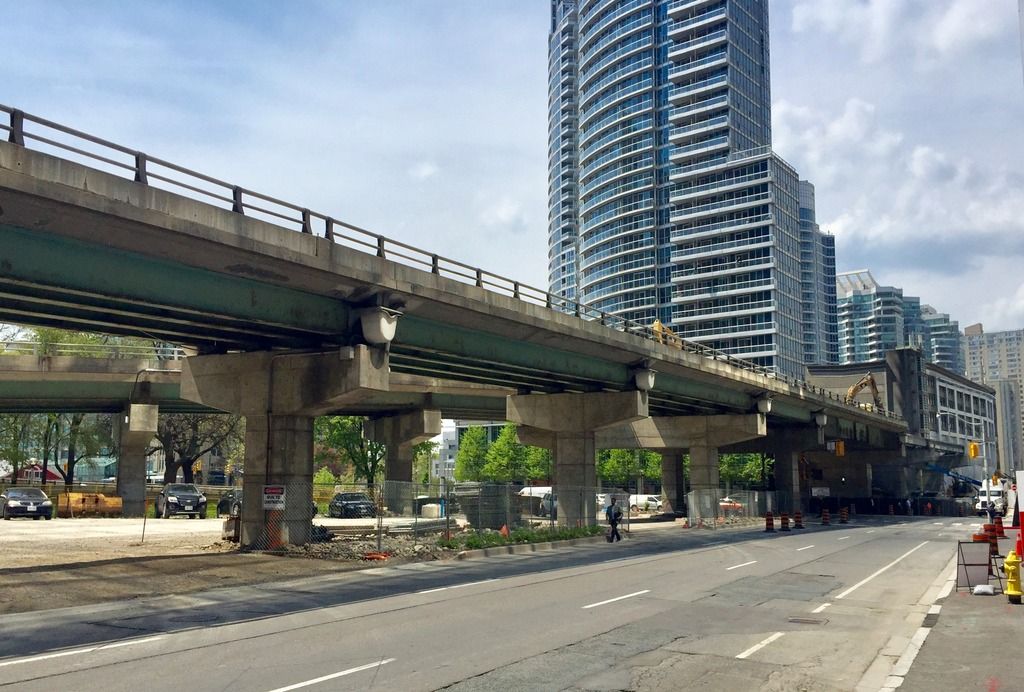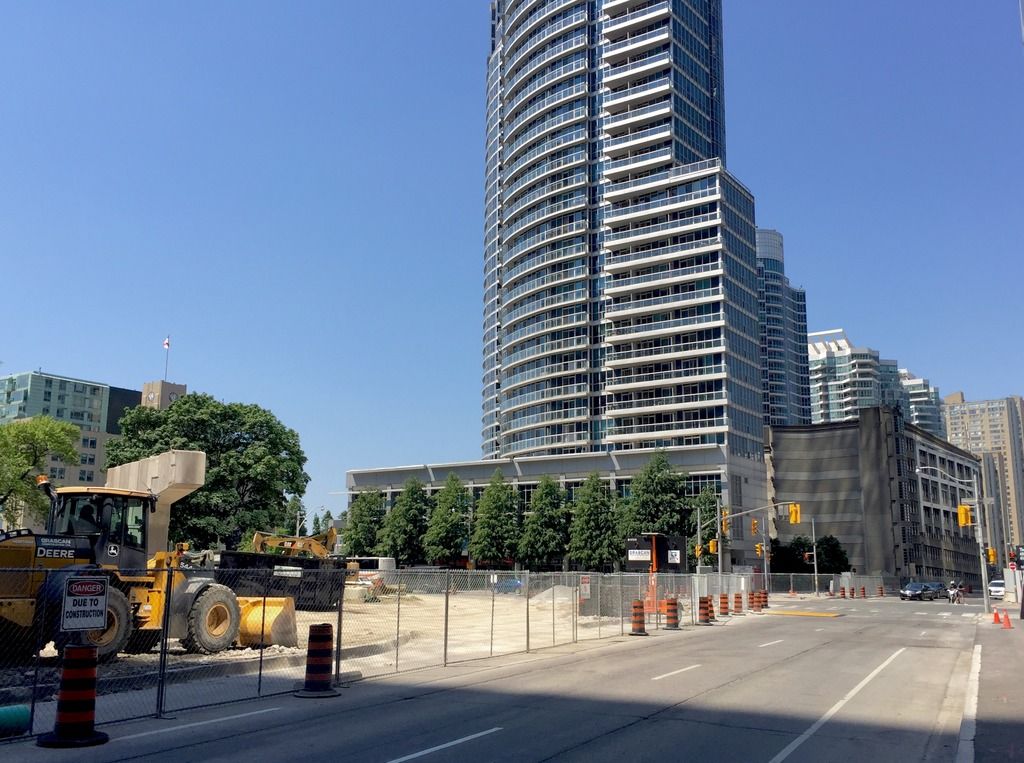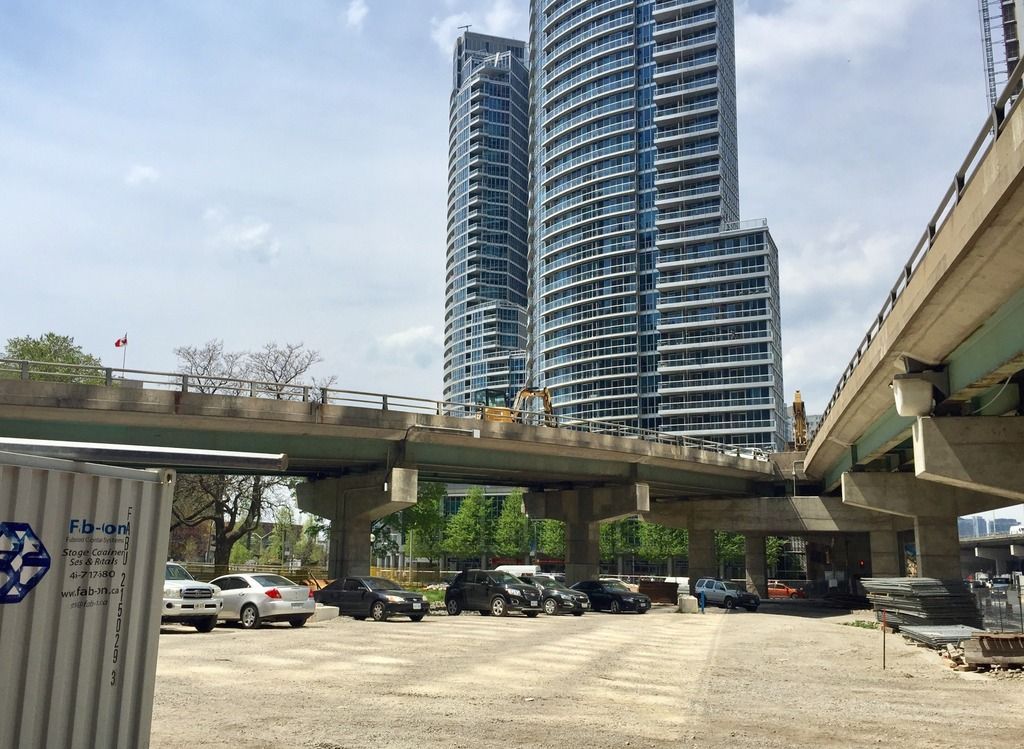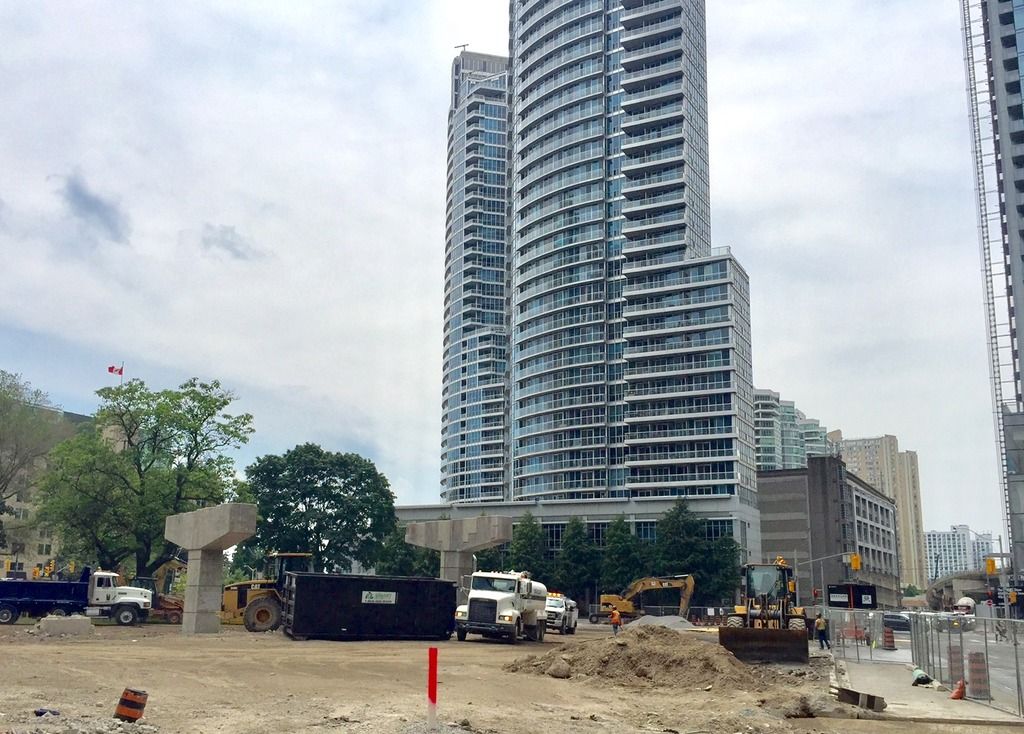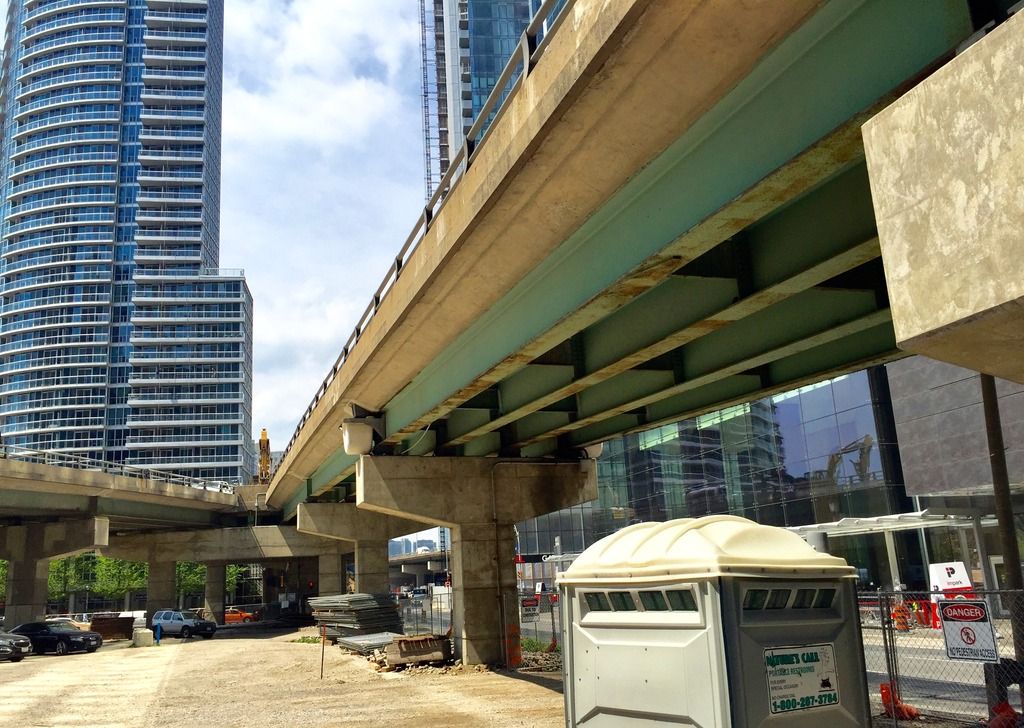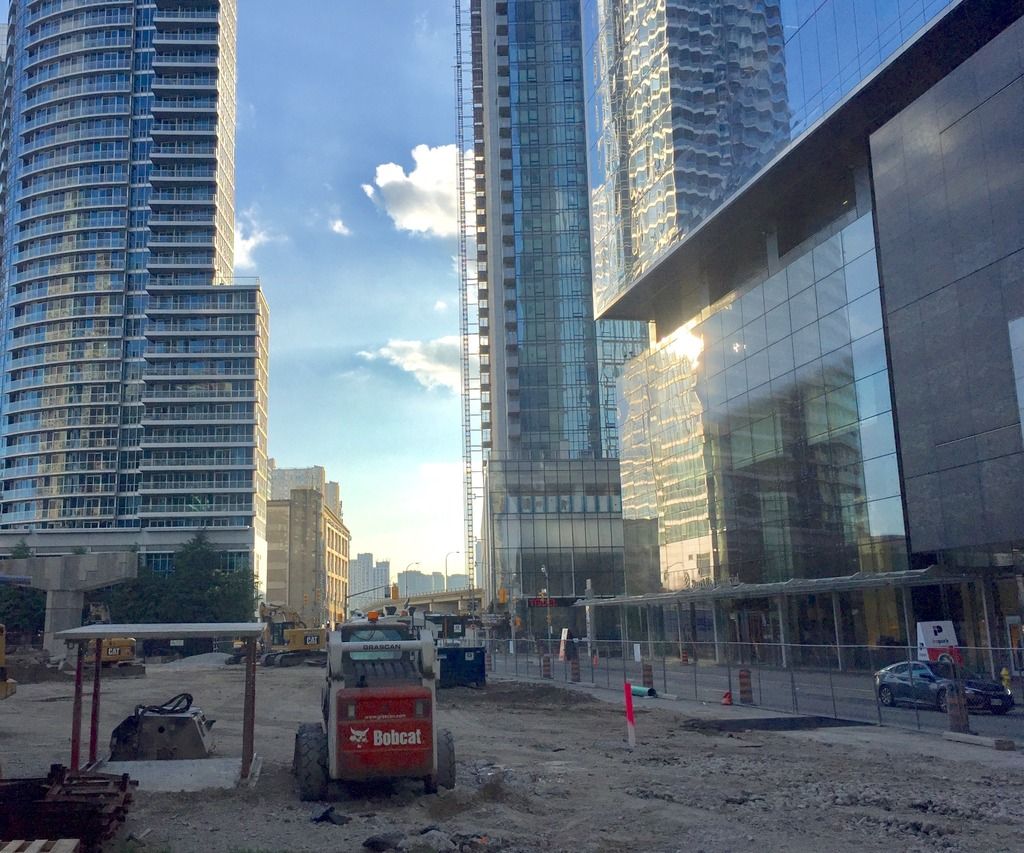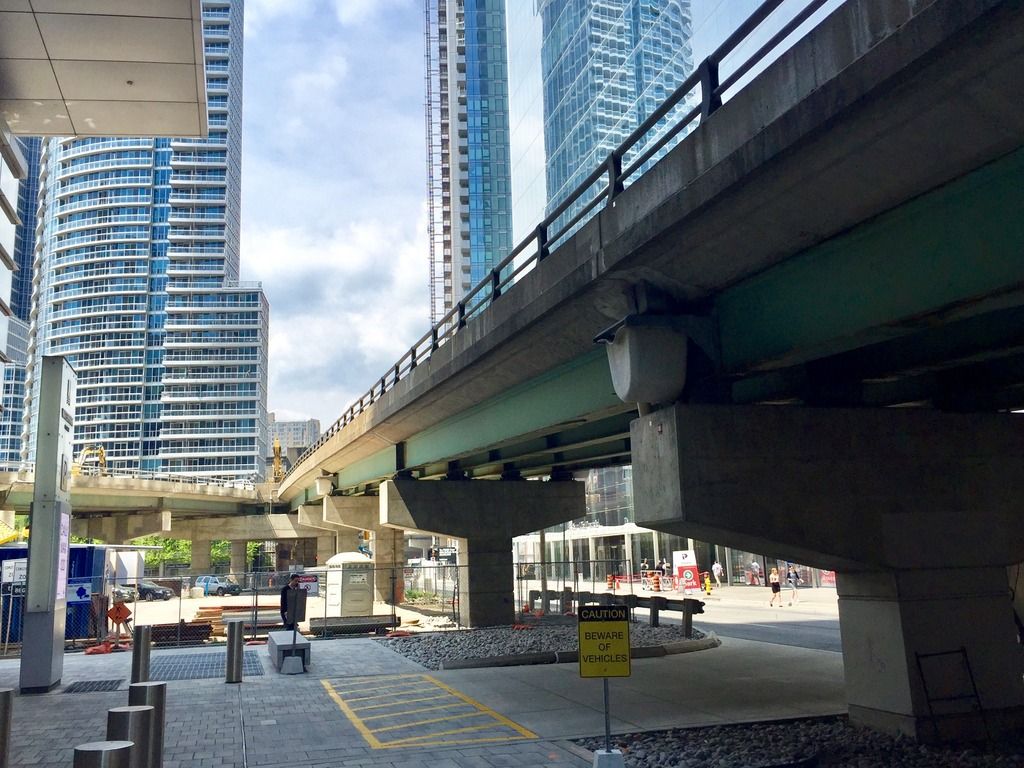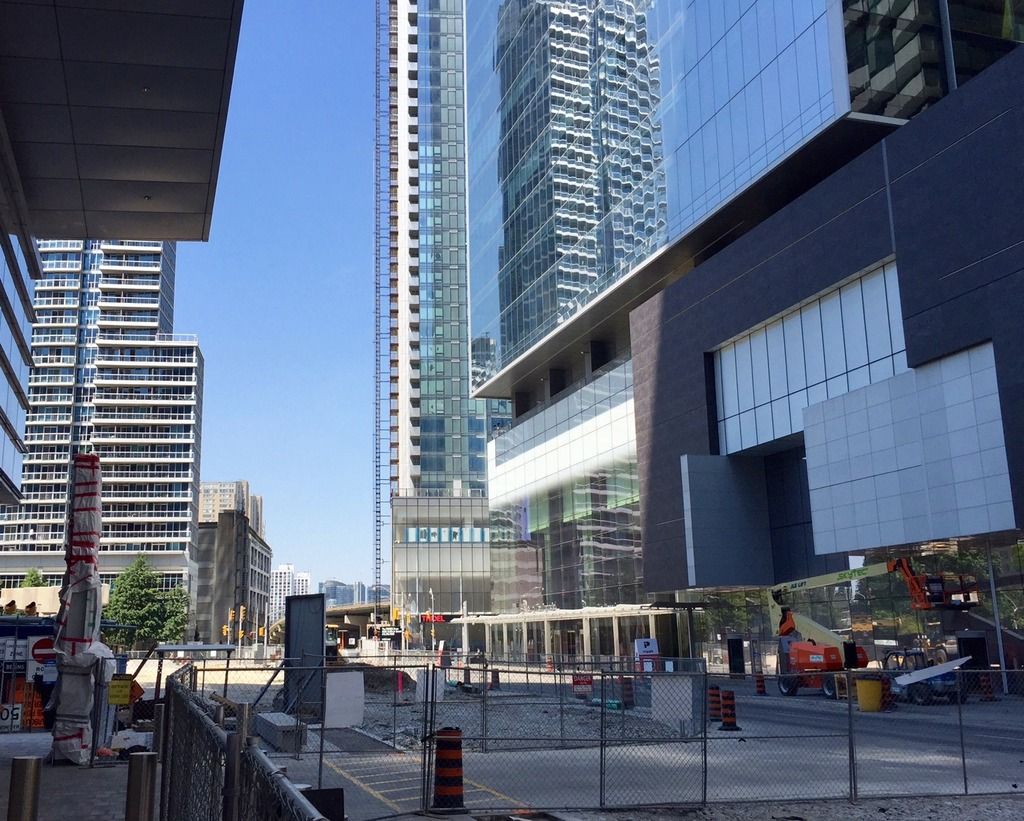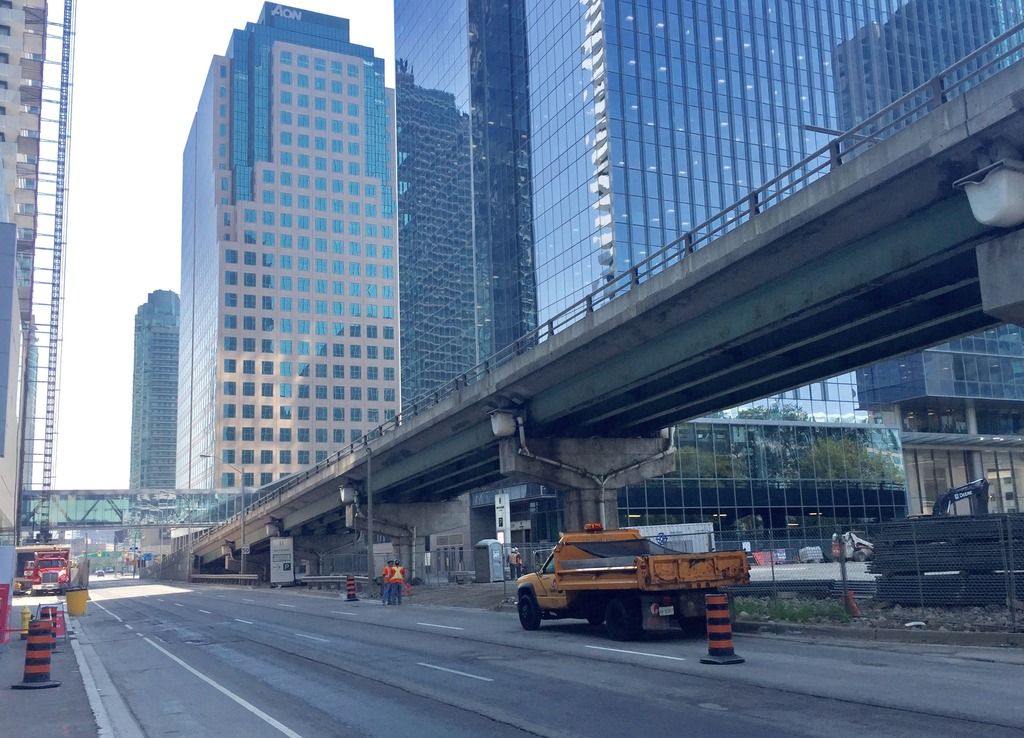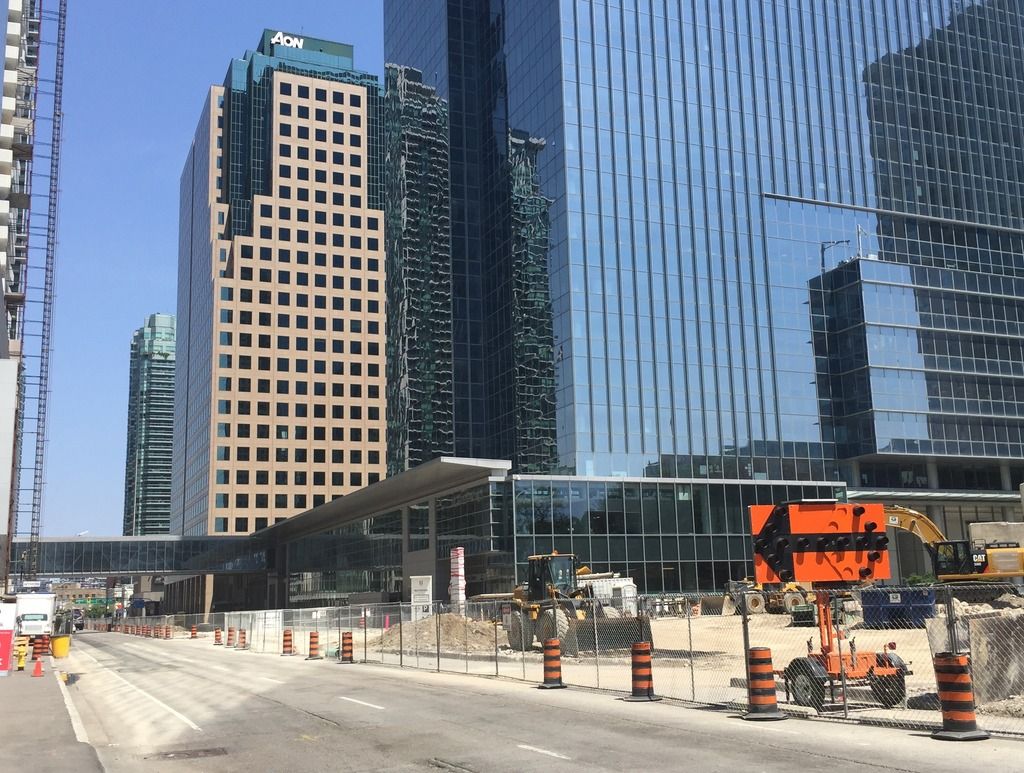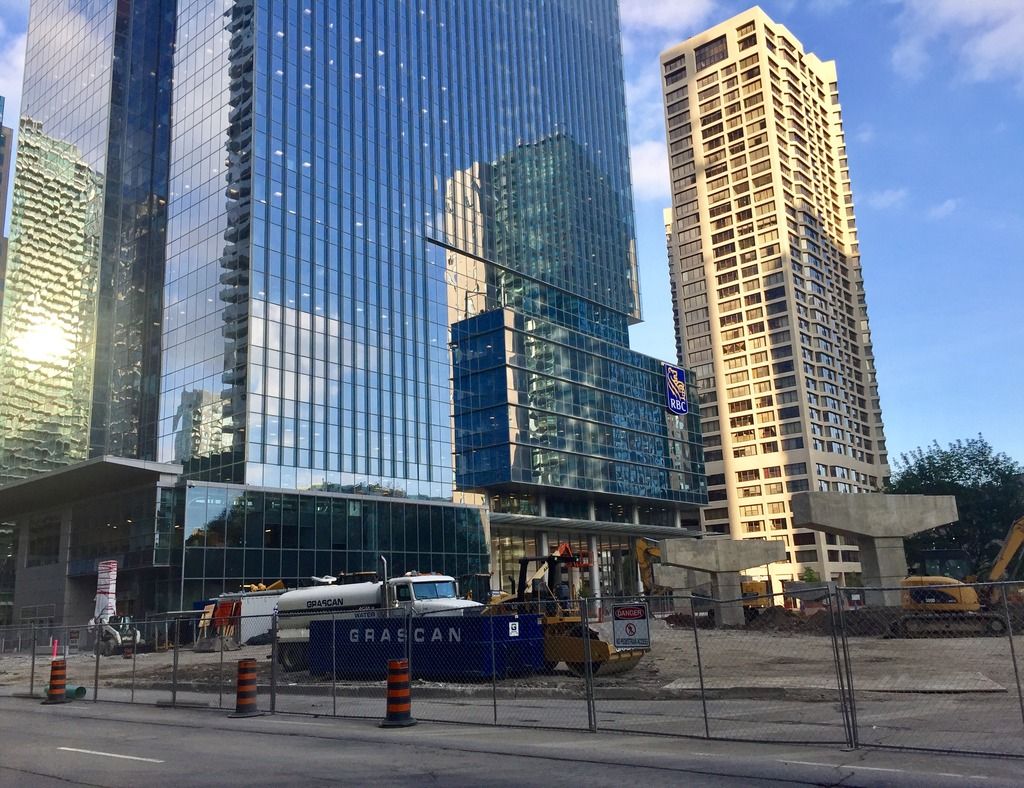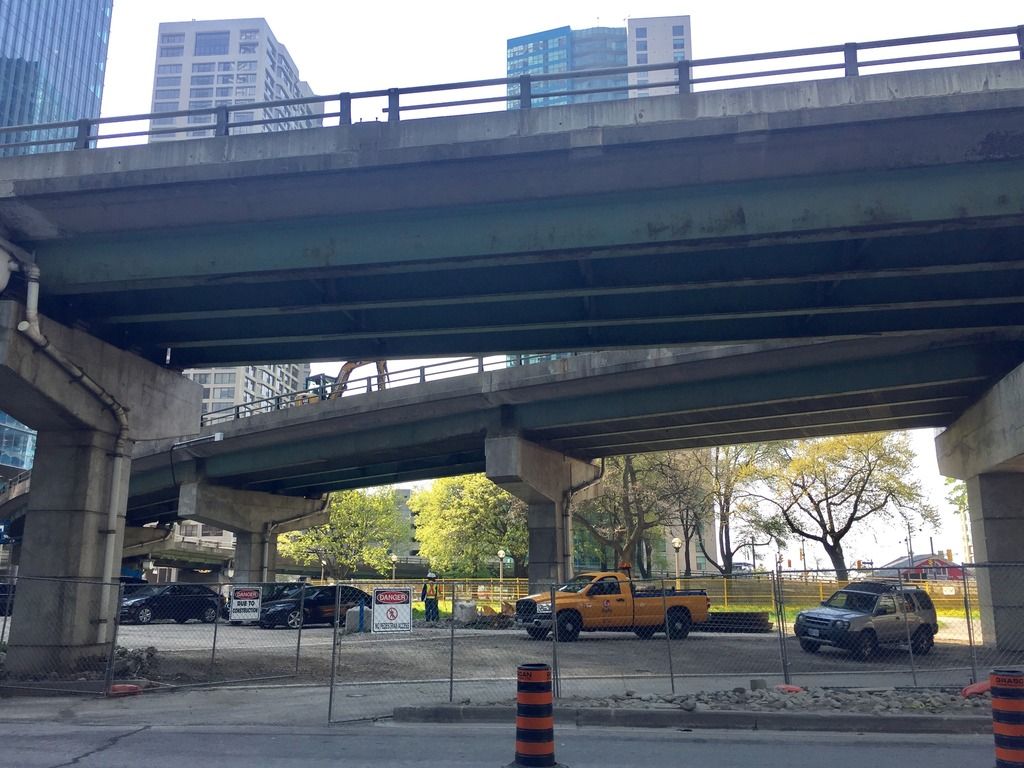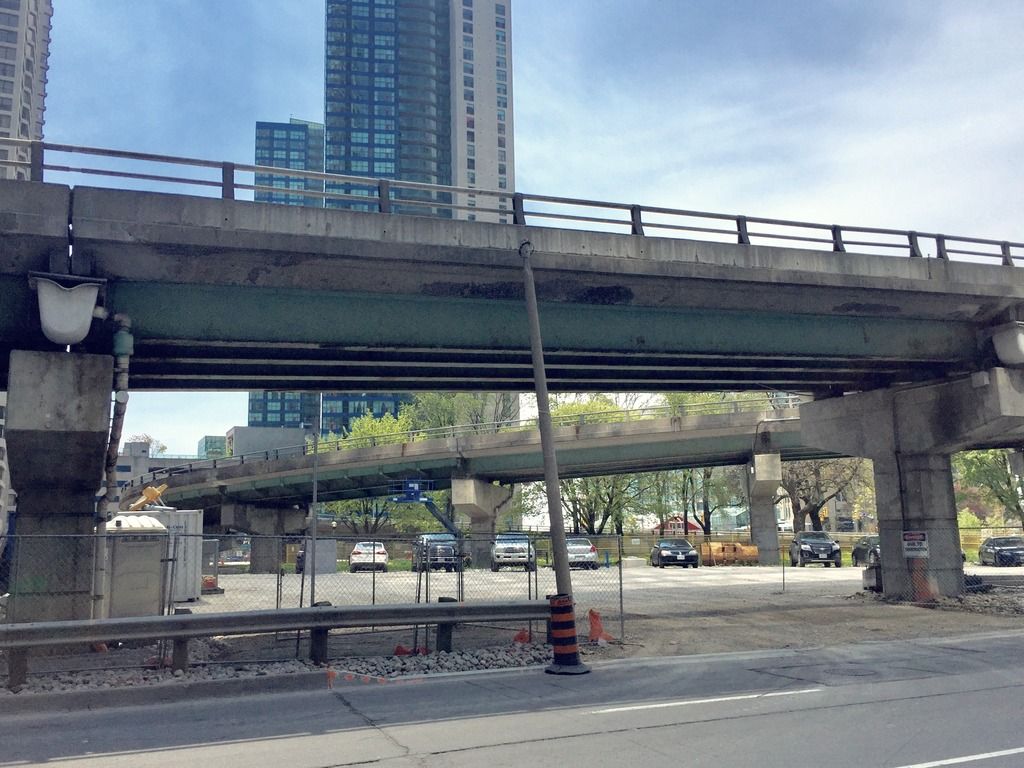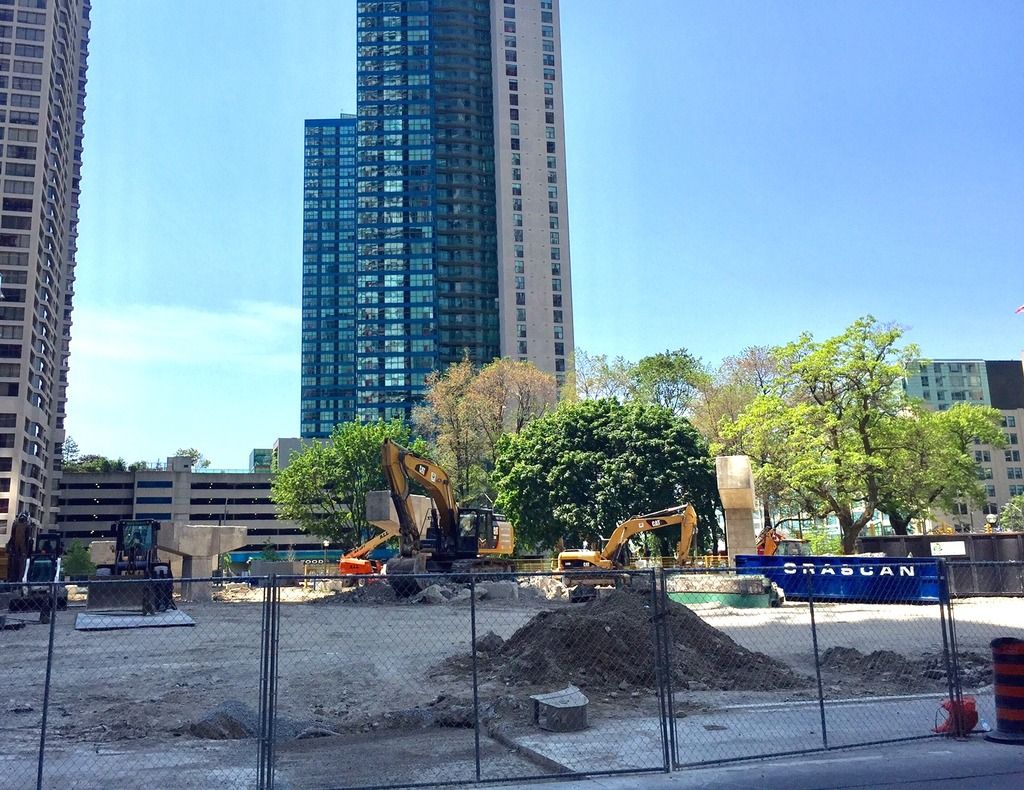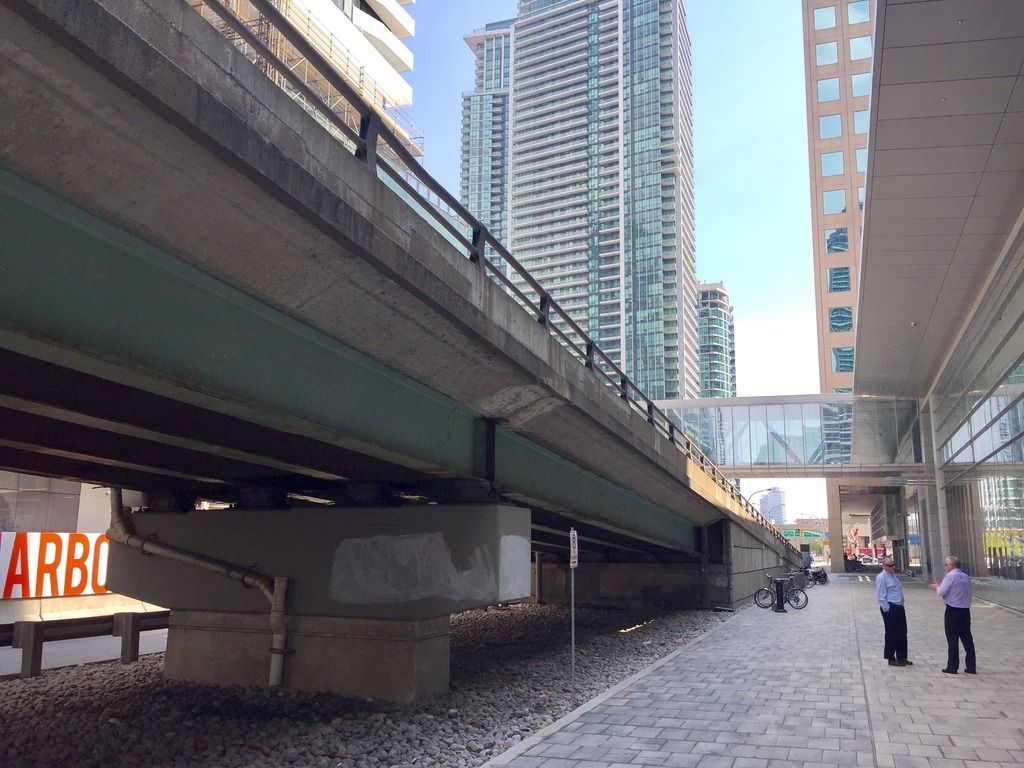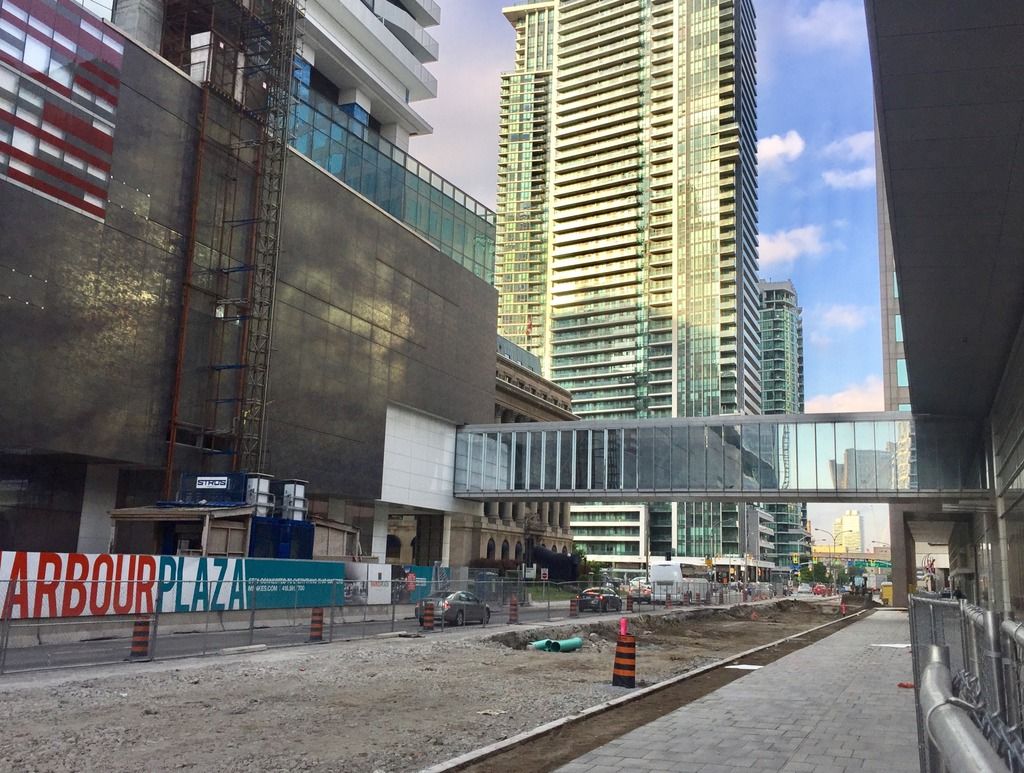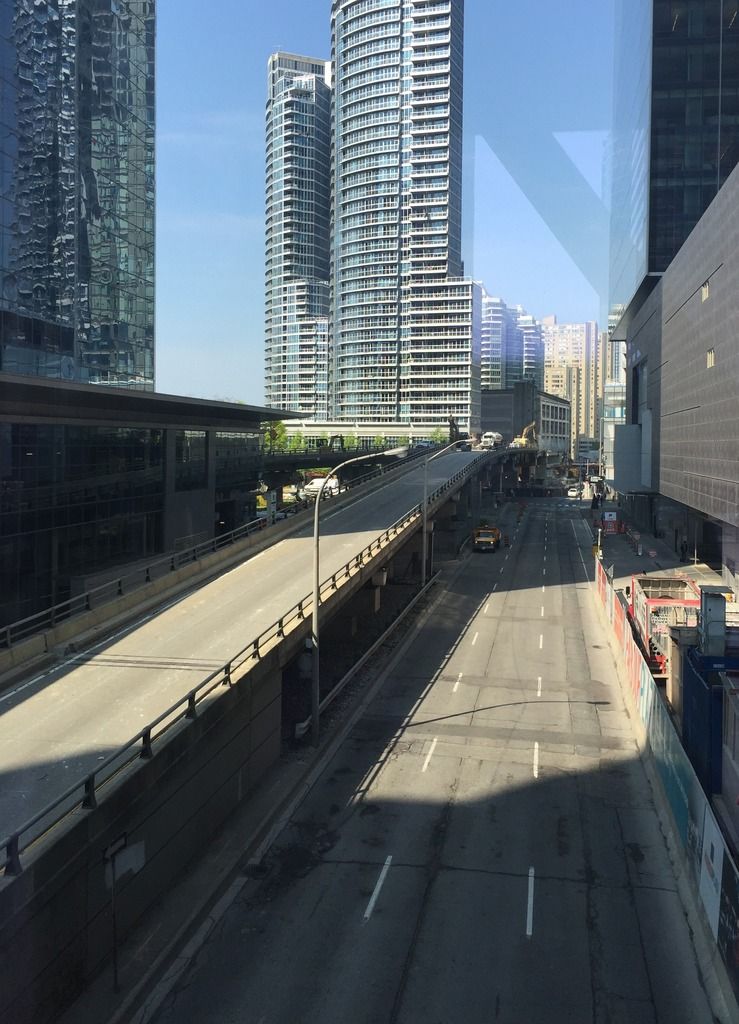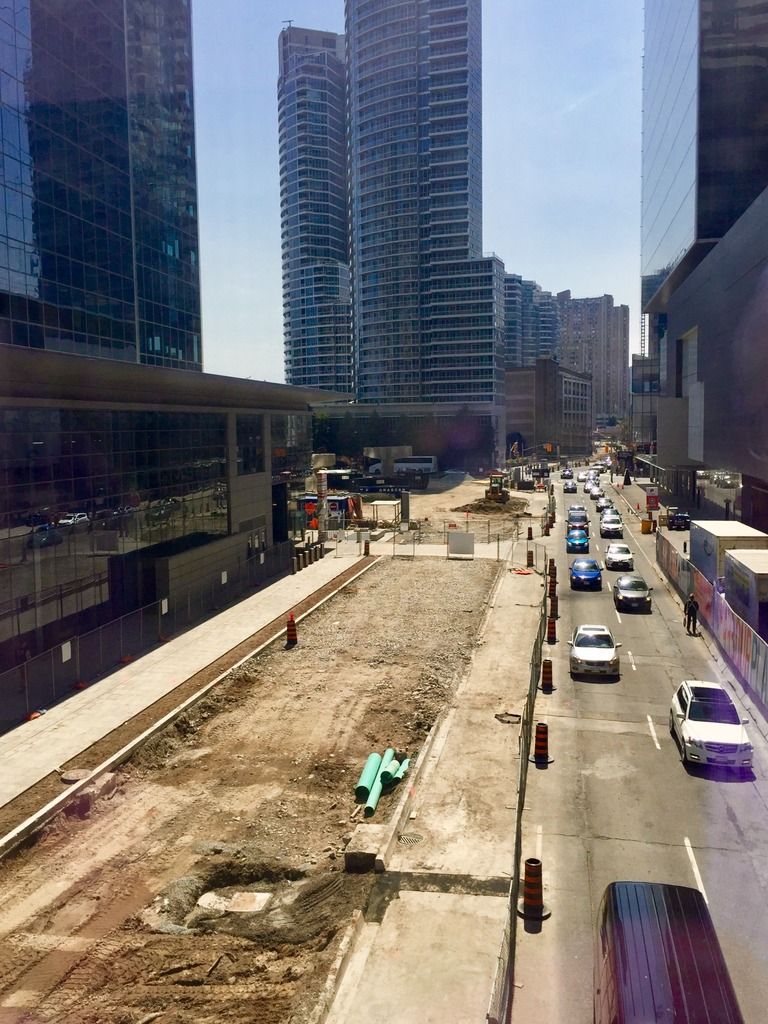muller877
Senior Member
There is another serious downside to using weathering steels such as Corten, however.
It has been found that it can't be used in cases where the steel sees a lot of multi-axis bending movements. Pullman Standard attempted to use it on a number of railcars in the 1930s and 1940s and found that it actually fared worse than their regular high-carbon structural steel that they used in the railcars at the time.
Not that bridges are normally susceptible to the kinds of motion that a railcar is, of course....
Dan
Toronto, Ont.
the welds are not corrosion resistant so they need regular maintenance. But overall Corten doesn't need as much maintenance as painted steel
There is a lot of bleeding with Corten as well. If they use it there needs to be cleaning of the supports/roads regularly until it completely rusts.

